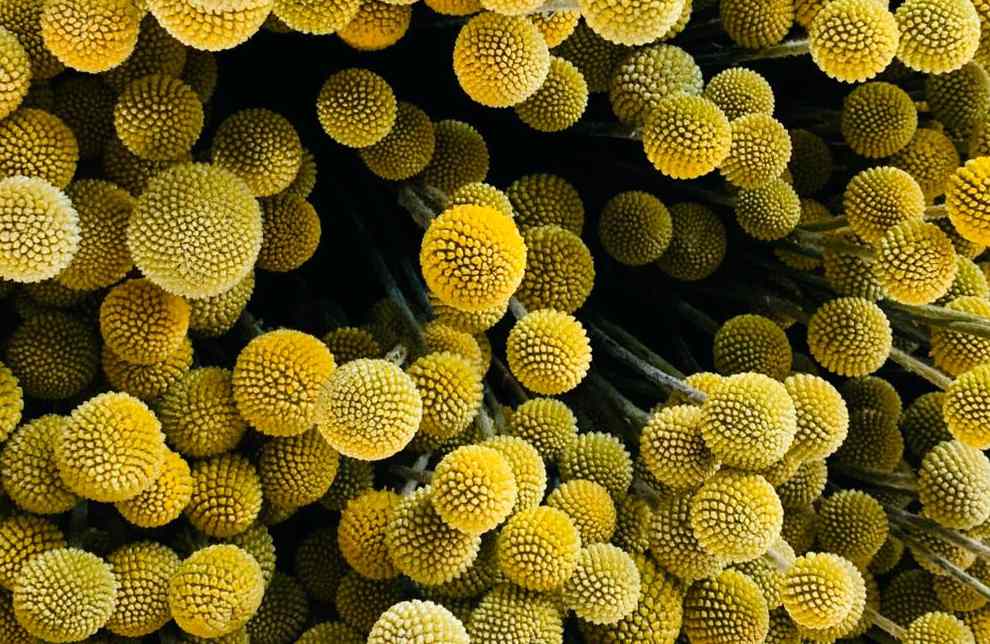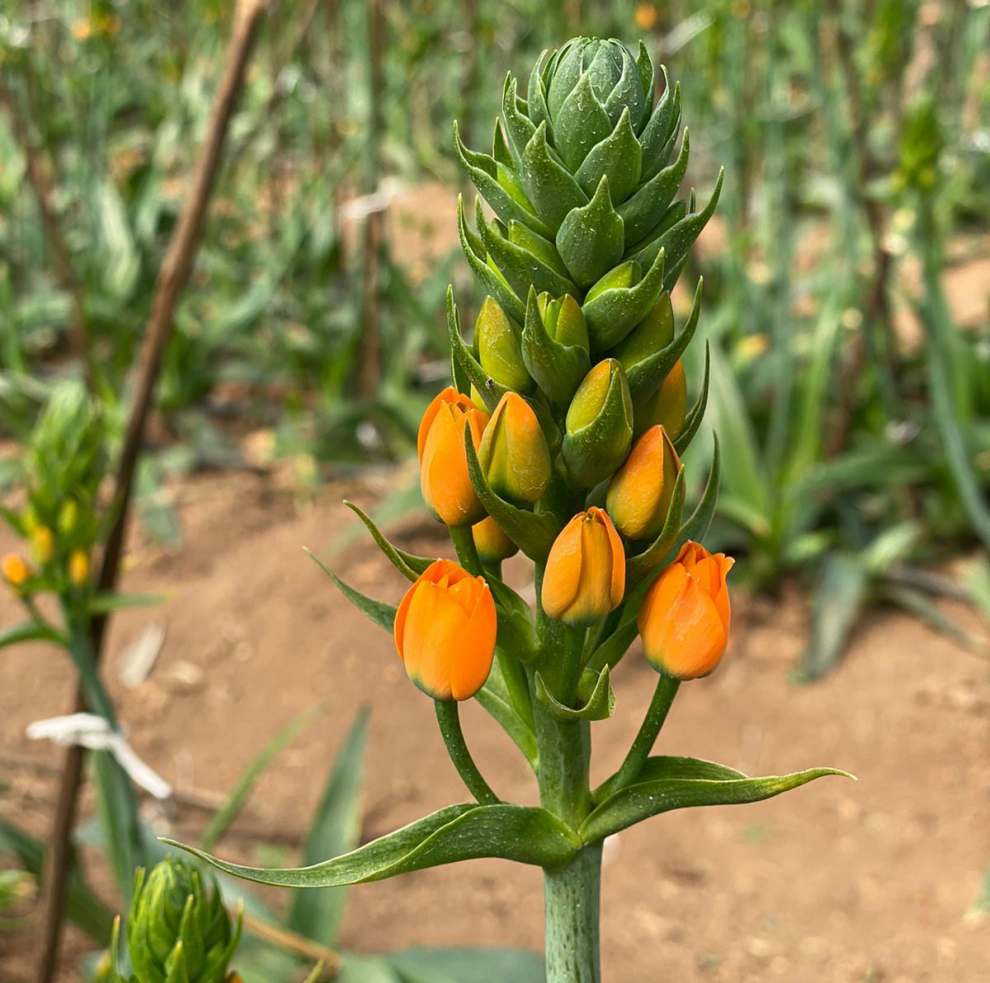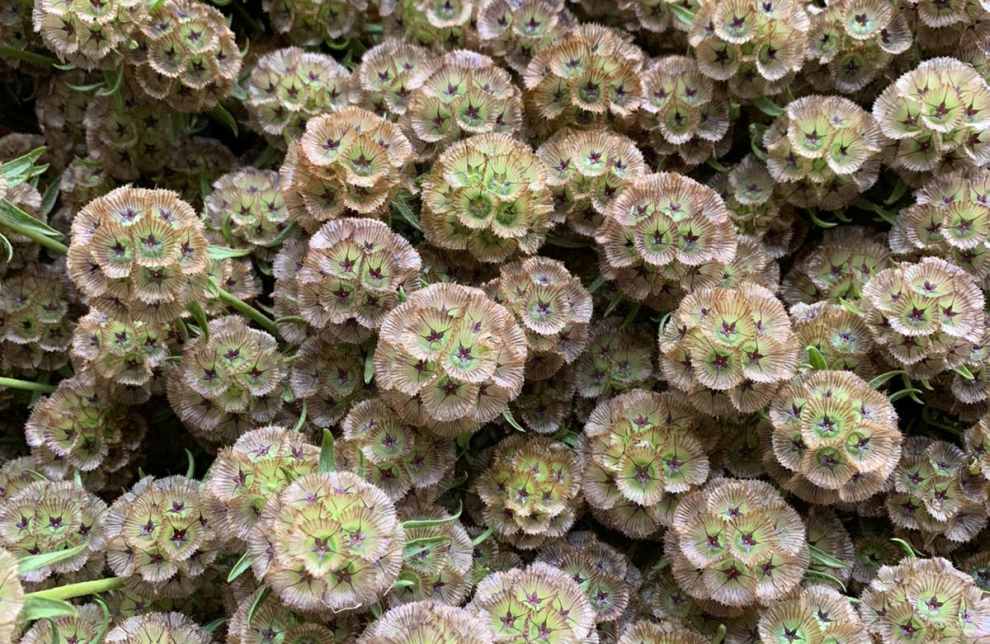Reduce the carbon footprint and stimulate the development of local communities: Growing flowers in Kenya
The world of Customs Compliance is a necessary but often overlooked component of importing and exporting goods, especially when it comes to perishables like flowers, due to the high economic value and the need to protect European flora and fauna.
For every bunch of flowers bought at a supermarket, a shipment has gone through stringent Customs and Phytosanitary checks to ensure safety and security, and the blooms would not reach the stores without Customs staff doing their jobs.

Fresh insight
Among those making the trip to Africa were Maaike van der Windt, Director Aviation Marketing, Cargo and Customer Experience at Amsterdam Airport Schiphol, who gained a lot from the experience.
“It was really good to see the flower farms with my own eyes and to better understand them and to also see the impact of our Ideal Flowerbox concept,” Maaike said.
Yme Pasma, Chief Operating Officer, Royal FloraHolland, was also on the trip to Kenya and said it gave him fresh insight into the flower market.
“Everyone expects Africa to be behind when it comes to sustainability, but what we are seeing is they are more ahead than their EU colleagues and more aware of the importance of a sustainable supply chain,” Yme said.
“We saw that they are aware of saving water, implementing renewable energy and also understand the importance of social responsibility in regard to their workforces – which people in the Netherlands might not expect.”

Community benefits
Some may ask how it is more sustainable to grow flowers in Africa and fly them back to Europe, rather than growing them at home, but the carbon footprint of production is actually believed to be lower, as the sun is used instead of electricity in the growing process.
There are also wider sustainability benefits to growing flowers in Kenya, as growth of the Kenyan market is having a positive impact on local communities in Kenya and helping regional development outside the flower industry.
Populations where flower farms are located benefit from increased employment, better education via investment in schools, access to medical treatment and facilities and workers are also often paid a better than average local wage.
“We visited a Fairtrade grower where 10% of the revenues go towards a local fund on which a workers committee can decide how to spend the money. Among many other spending targets they have built a secondary school in the village.” Yme explained.
“We visited a Fairtrade grower where 10% of the revenues go towards the community and local community councils decide where this money is spent; they decided to spend it on building a school while another grower has a minimum salary cap in place,” Yme explained.
Growth of the flower industry is driving regional development and directly helping local communities improve their lives.
“It is not only about sustainable growth of the flower market and how we can reduce the carbon footprint of flowers, but it is also about the impact it is having on the development of local communities,” Maaike noted.
“The expansion of the flower market is helping communities improve their lives.”
Ideal Flowerbox
During the trip to Kenya, the steering committee were keen to get feedback about the Ideal Flowerbox – a new packaging concept – which is being developed and tested by the supply chain through a pilot program and now being implemented.
Feedback has been largely positive, and the concept has helped free up 15% more cargo capacity for flowers on a single aircraft.
Yme said the concept has brought a number of sustainability benefits to the flower transportation supply chain.
More flowers can be packaged in one box, more boxes can be loaded on to pallets, and less flowers are being damaged, which in turn has reduced the amount of flower waste in the Netherlands.
“Now the challenge is to scale up the Ideal Flowerbox, as airlines and cargo handlers have proven it can be done and it has benefits,” Maaike said.
“We now need to make the shippers’ and flower farms to take it on by showing them the benefits as they are still a little hesitant.
“We want to go from a pilot phase of the Ideal Flowerbox to a permanent phase this year.”

Track and trace
Alongside development of the Ideal Flowerbox, the HFA is working on another initiative to make the flower transportation supply chain more sustainable and efficient.
A track and trace digital tool is being developed to give shippers’ full visibility of the journey of flower shipments - which the HFA is aiming to roll out sometime this year.
“The more we can track and trace throughout the supply chain the better we can guarantee quality throughout the shipment process. It is about making the chain as efficient and transparent as possible,” said Maaike.
“The aim is for a supply chain where everyone benefits,” Yme noted. “It is about optimising end-to-end processes for which you have to improve the entire supply chain together and not only each individual part of the chain for itself.
“The more efficient processes are, the higher quality will be and the lower costs will be. The flower market will benefit of creating a better and more sustainable supply chain.”
“The aim is for a supply chain where everyone benefits,” Yme noted. “It is about optimising processes and we have to improve the entire supply chain, as if we operate on our own, it will not be efficient.
“The more efficient processes are, the better the quality will be, and the flower market will grow and by working together we can make a better and more sustainable supply chain.”
The HFA is also looking to measure the total amount of carbon emissions emitted during the entire journey of flower shipments, from the grower right through to the seller, to give further insight and a better understanding of the transportation chain.
These are certainly exciting times at the HFA and 2020 looks like yielding some interesting developments and making flower transportation more sustainable.